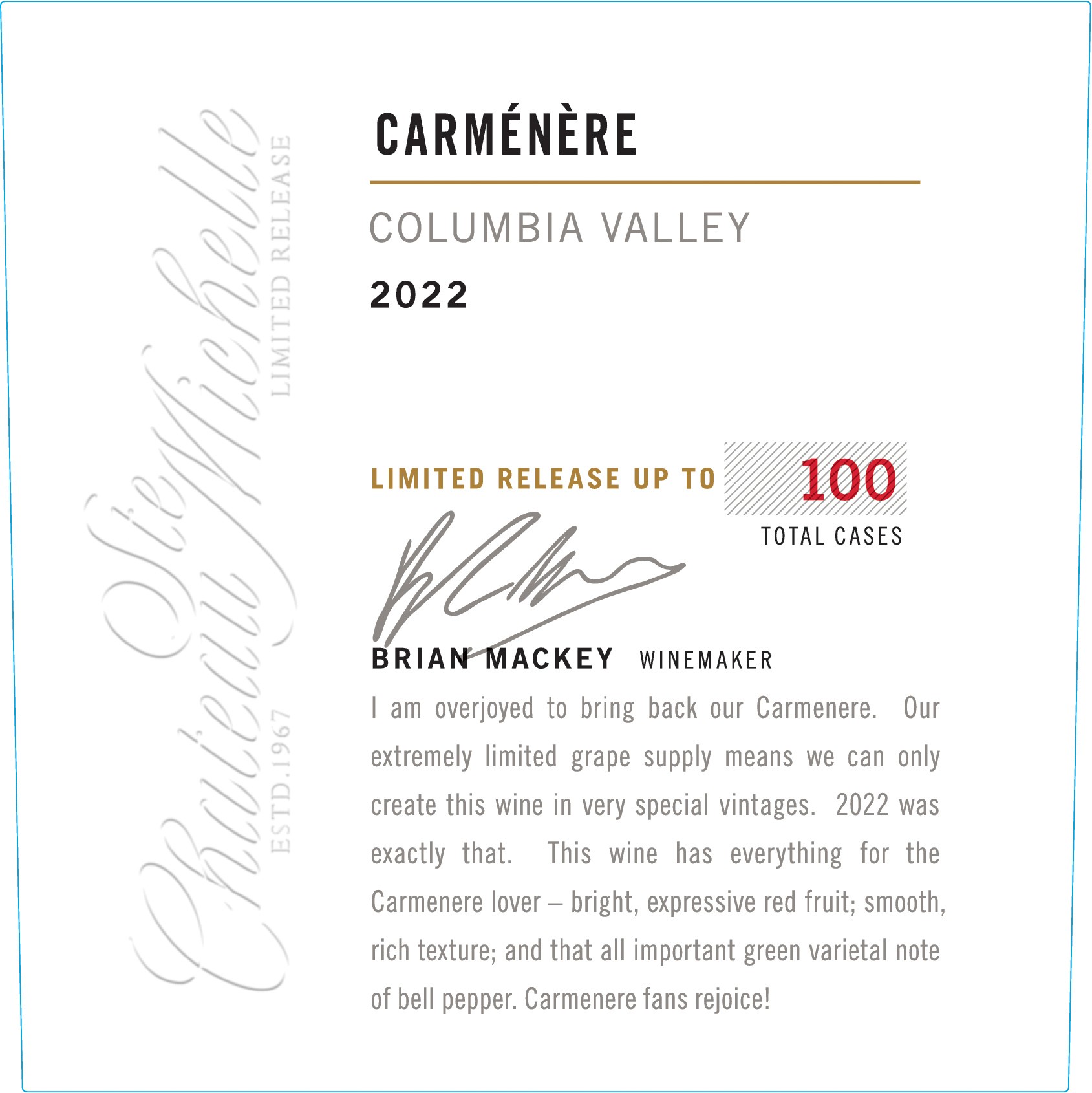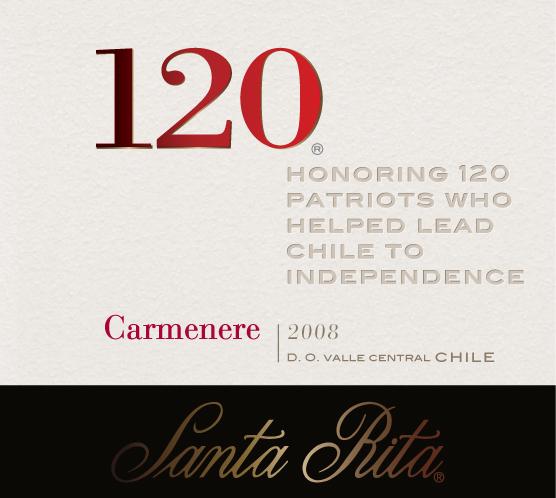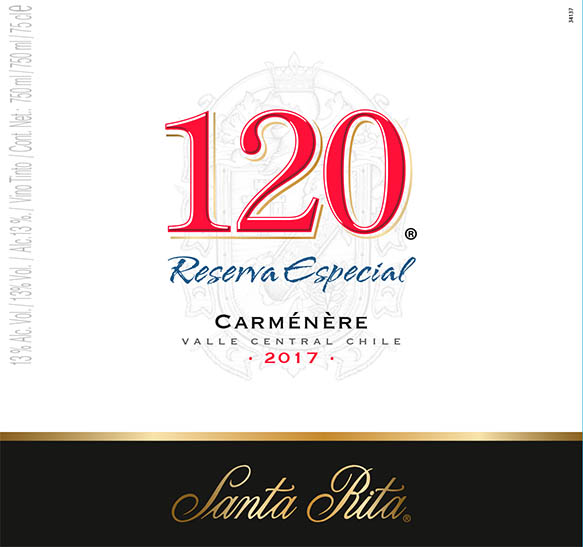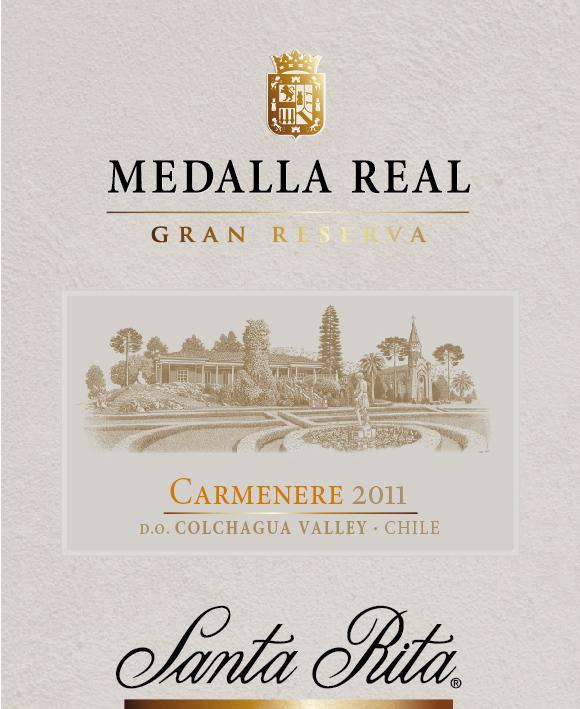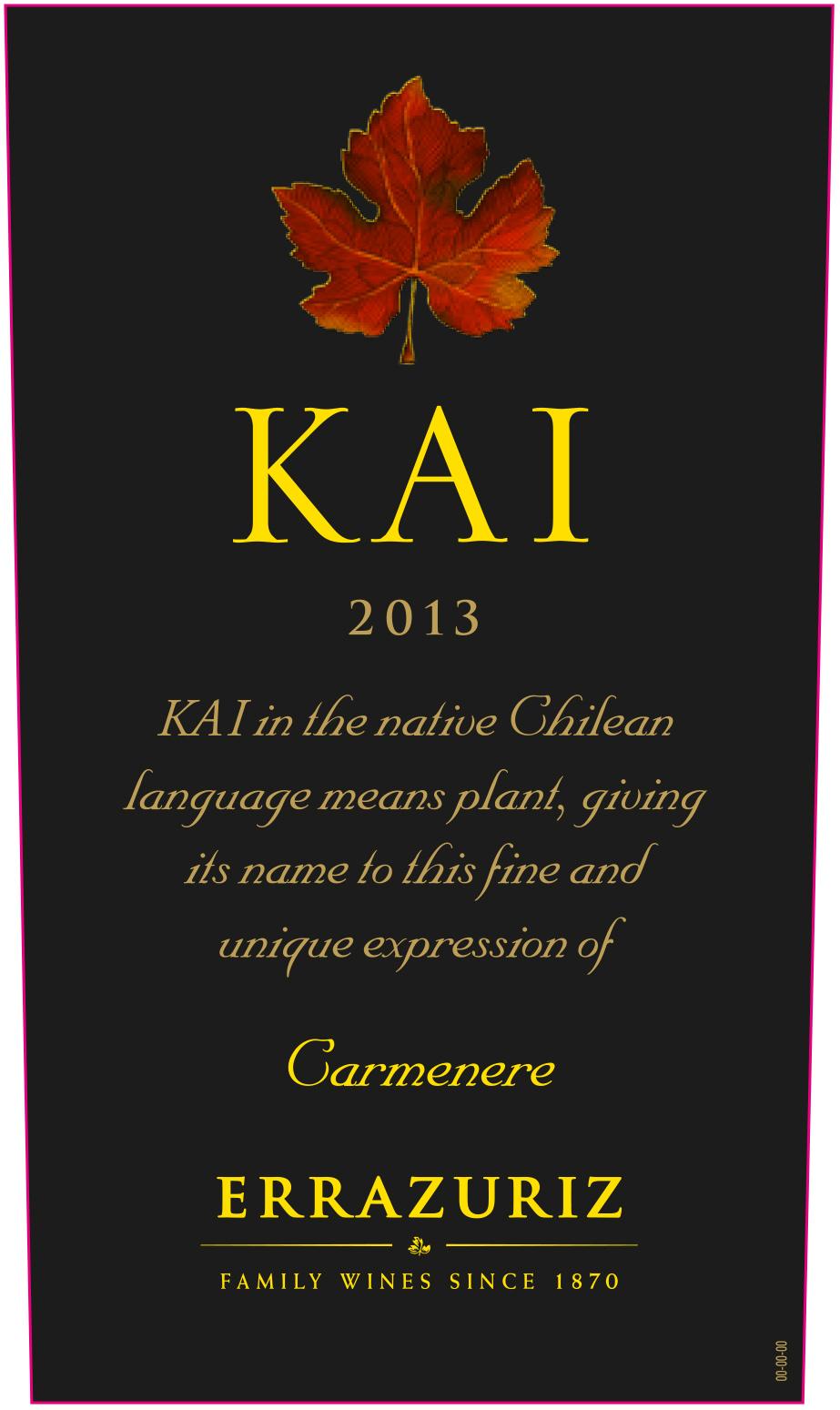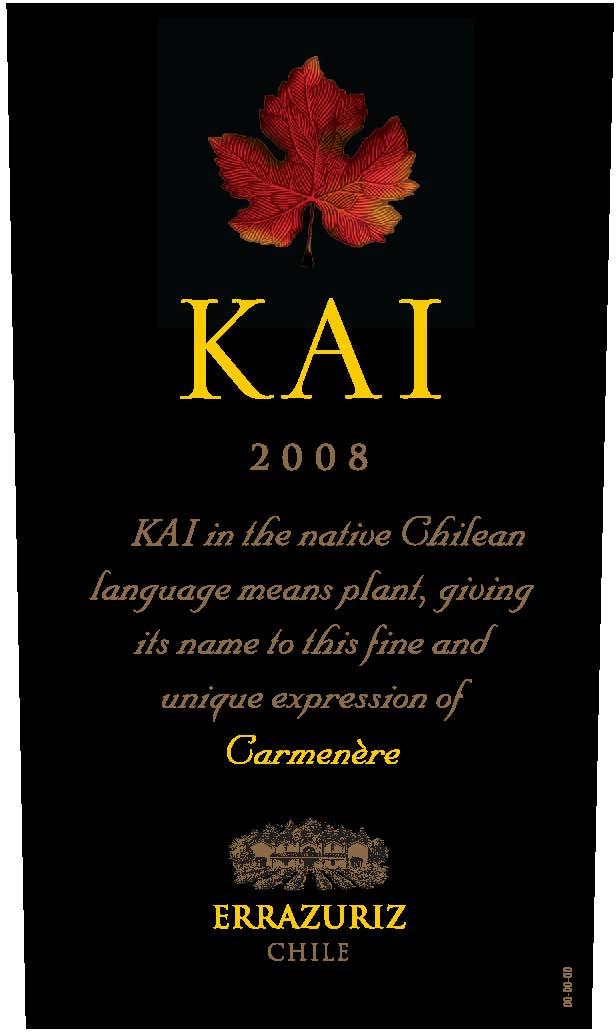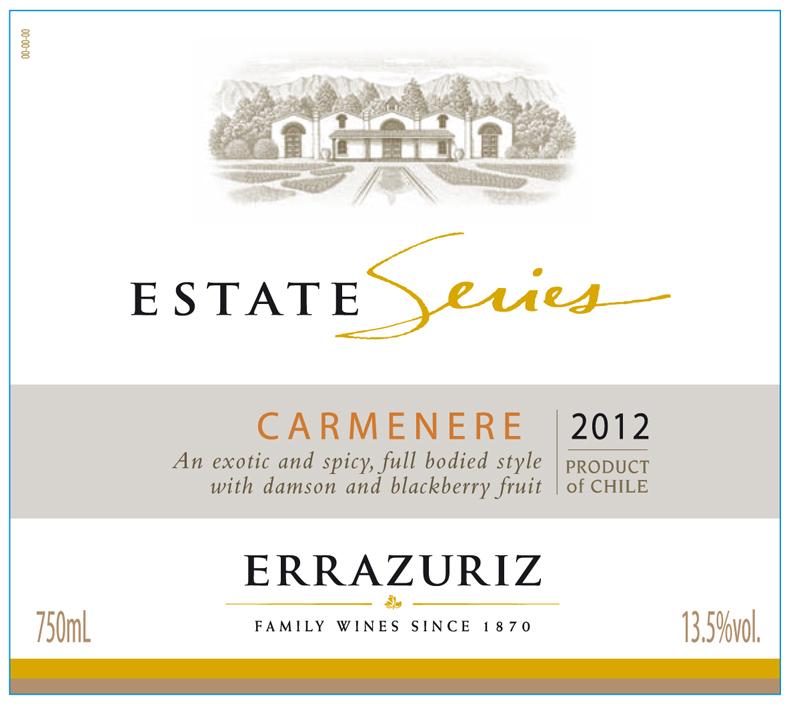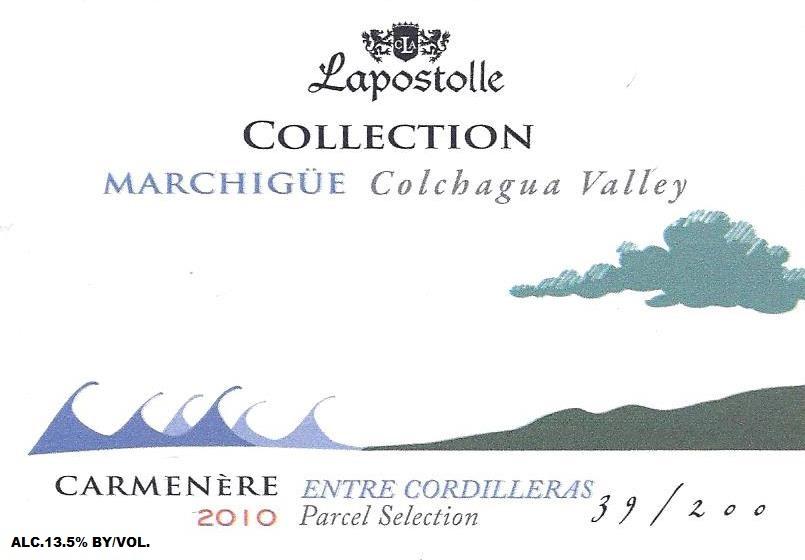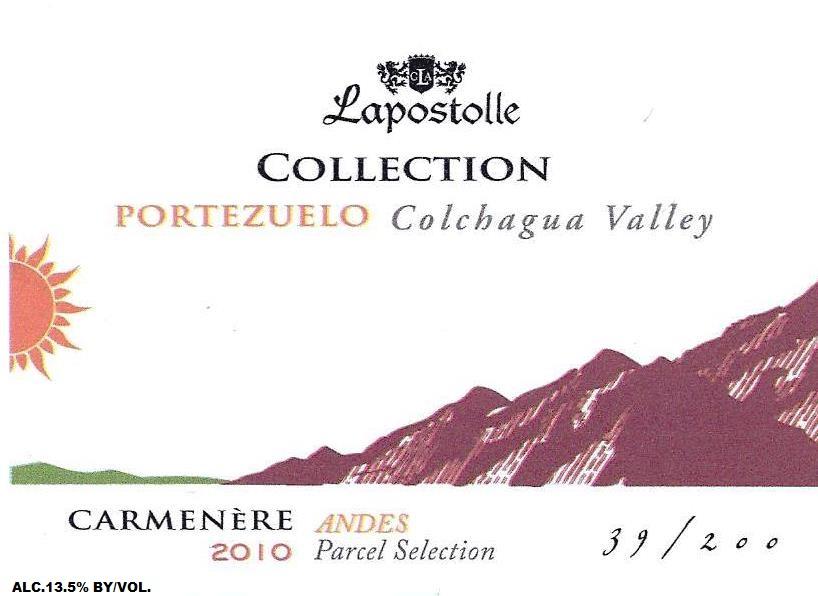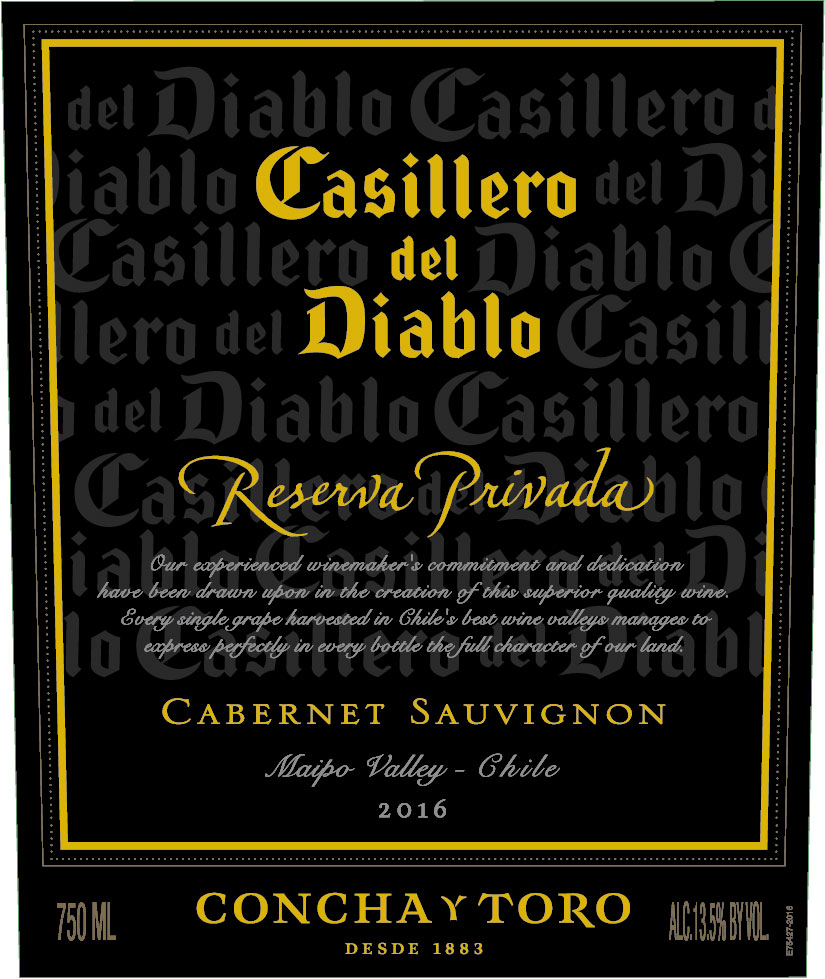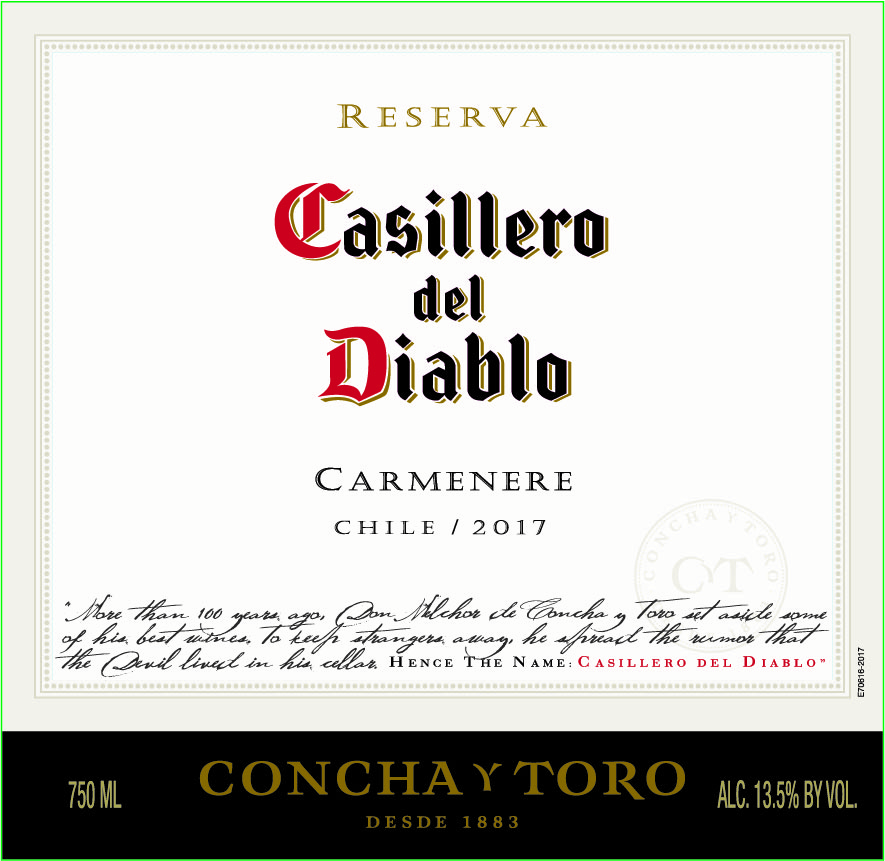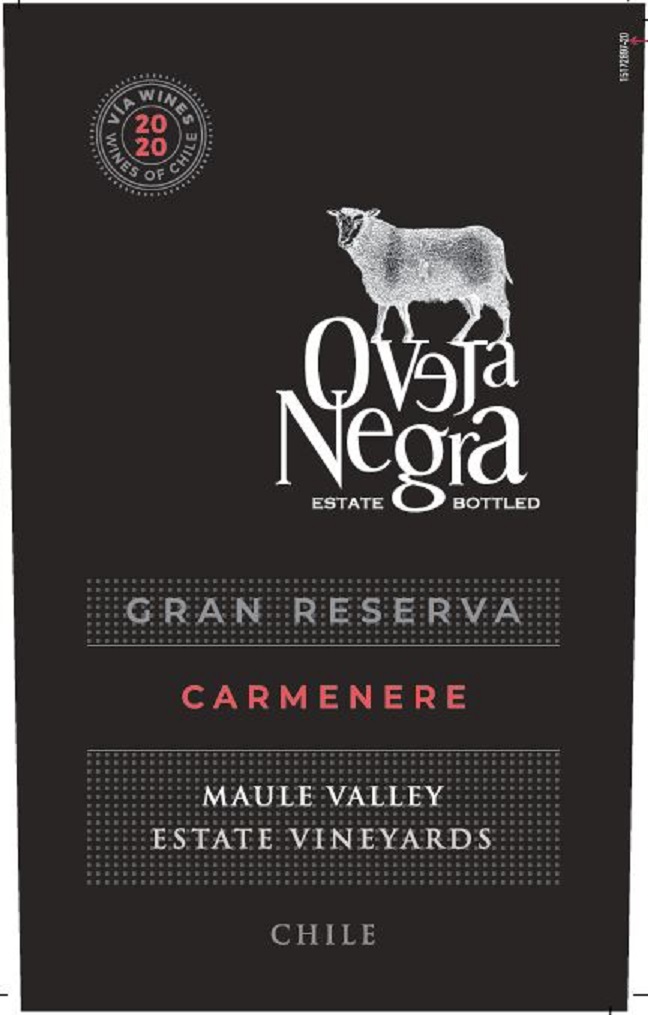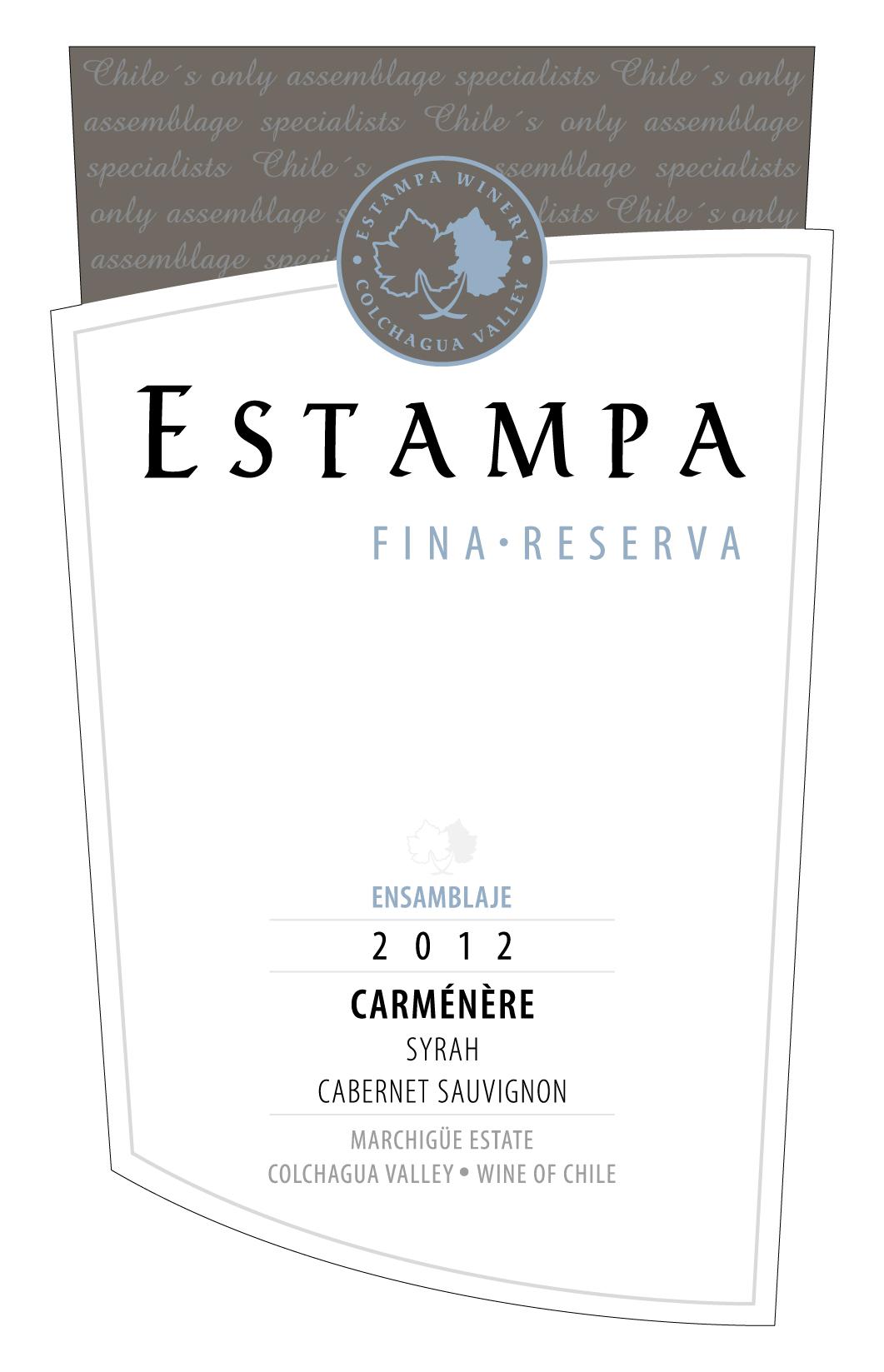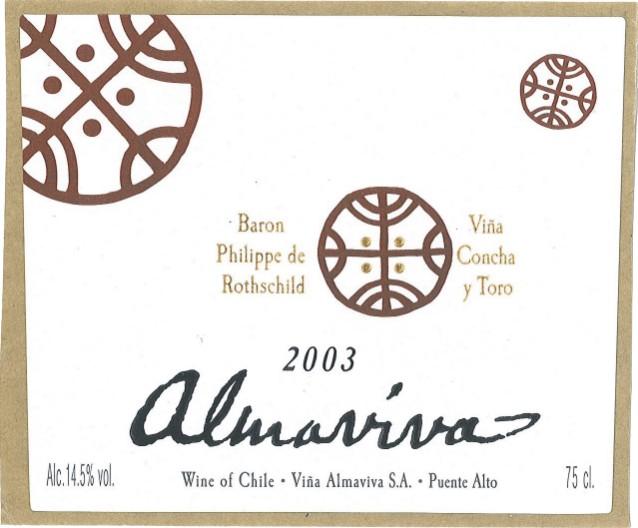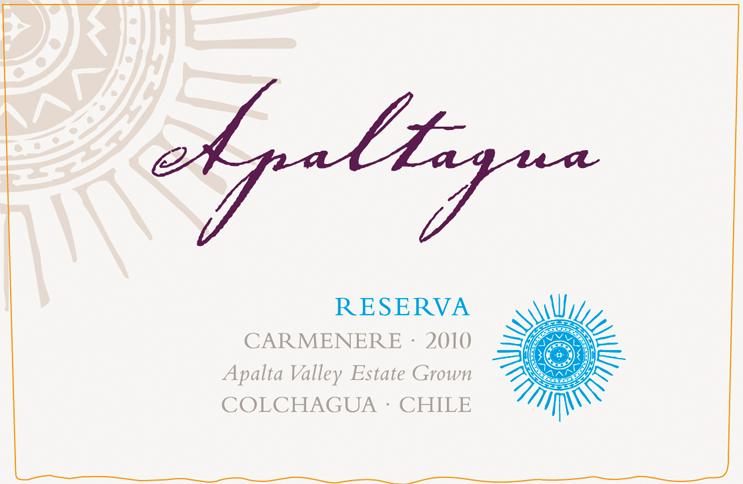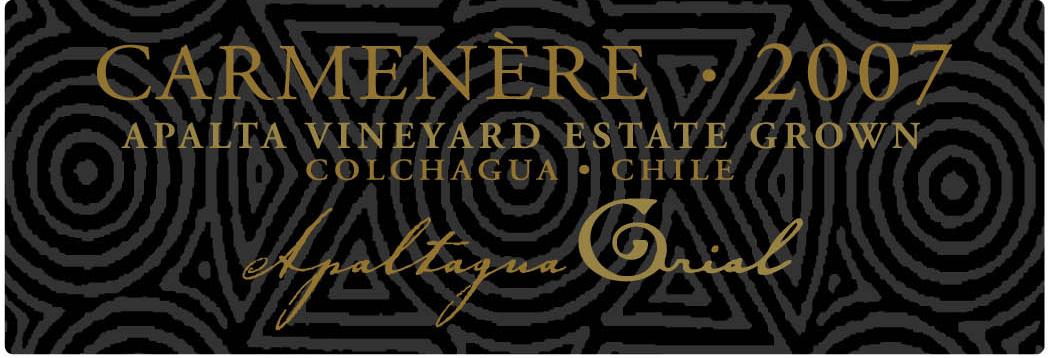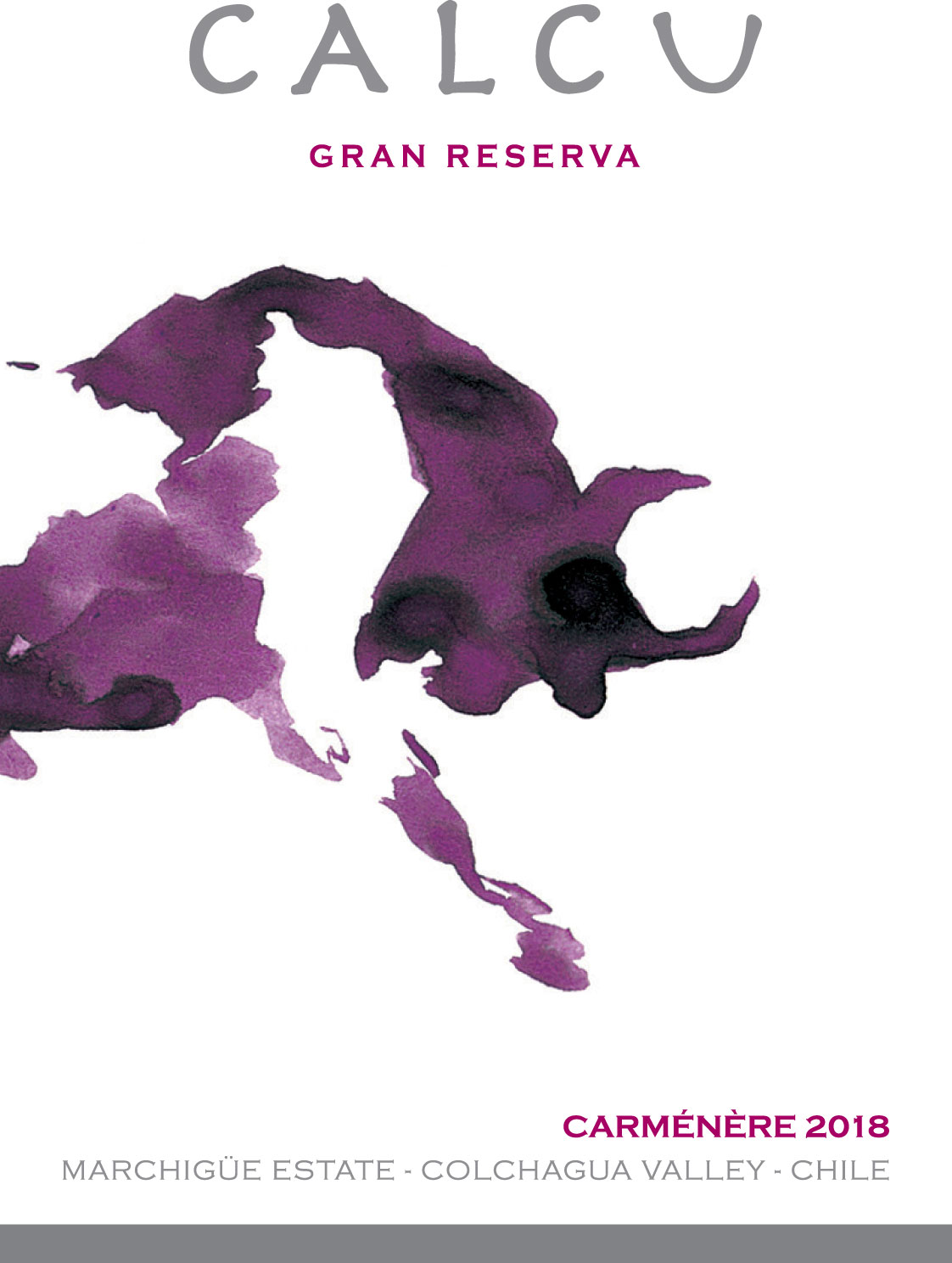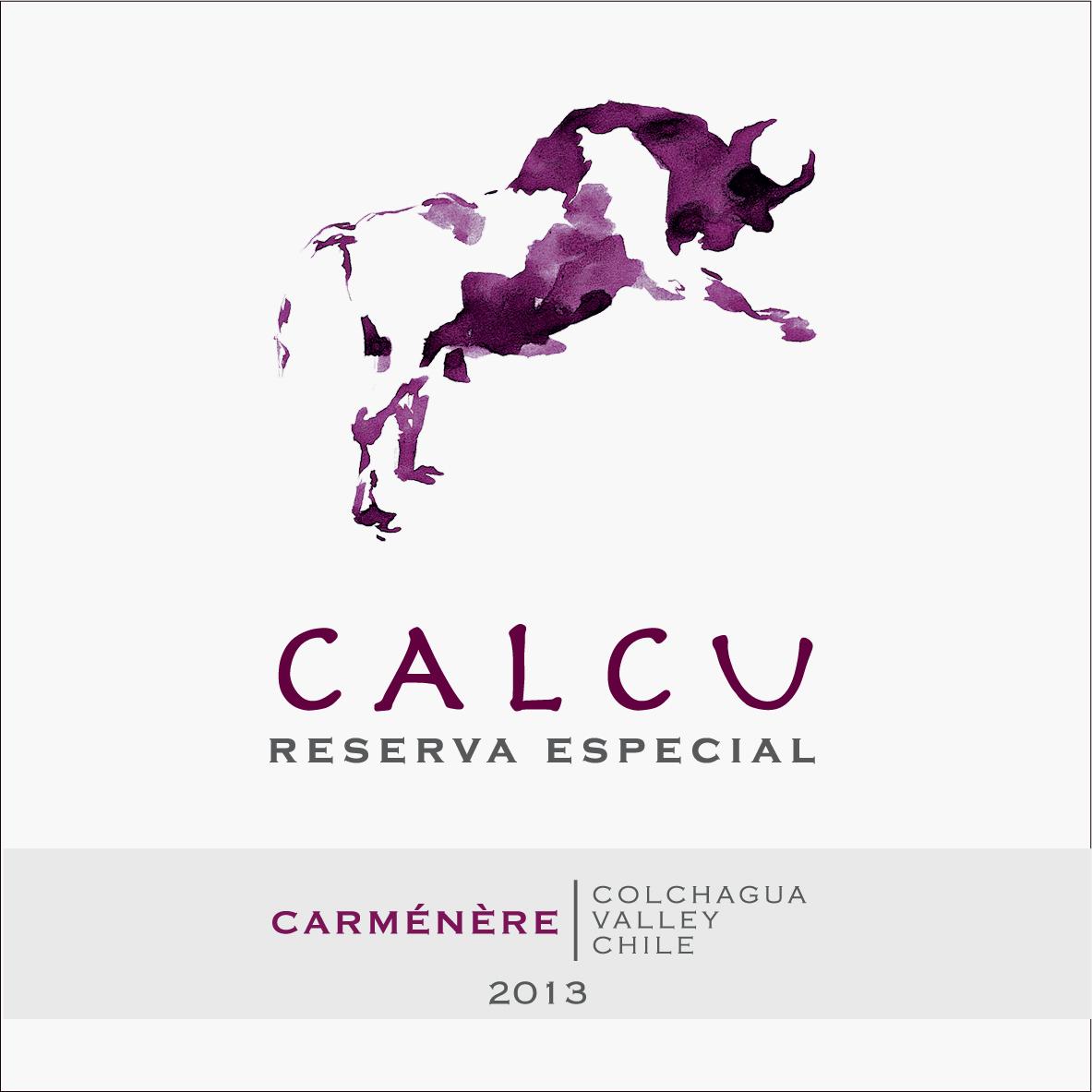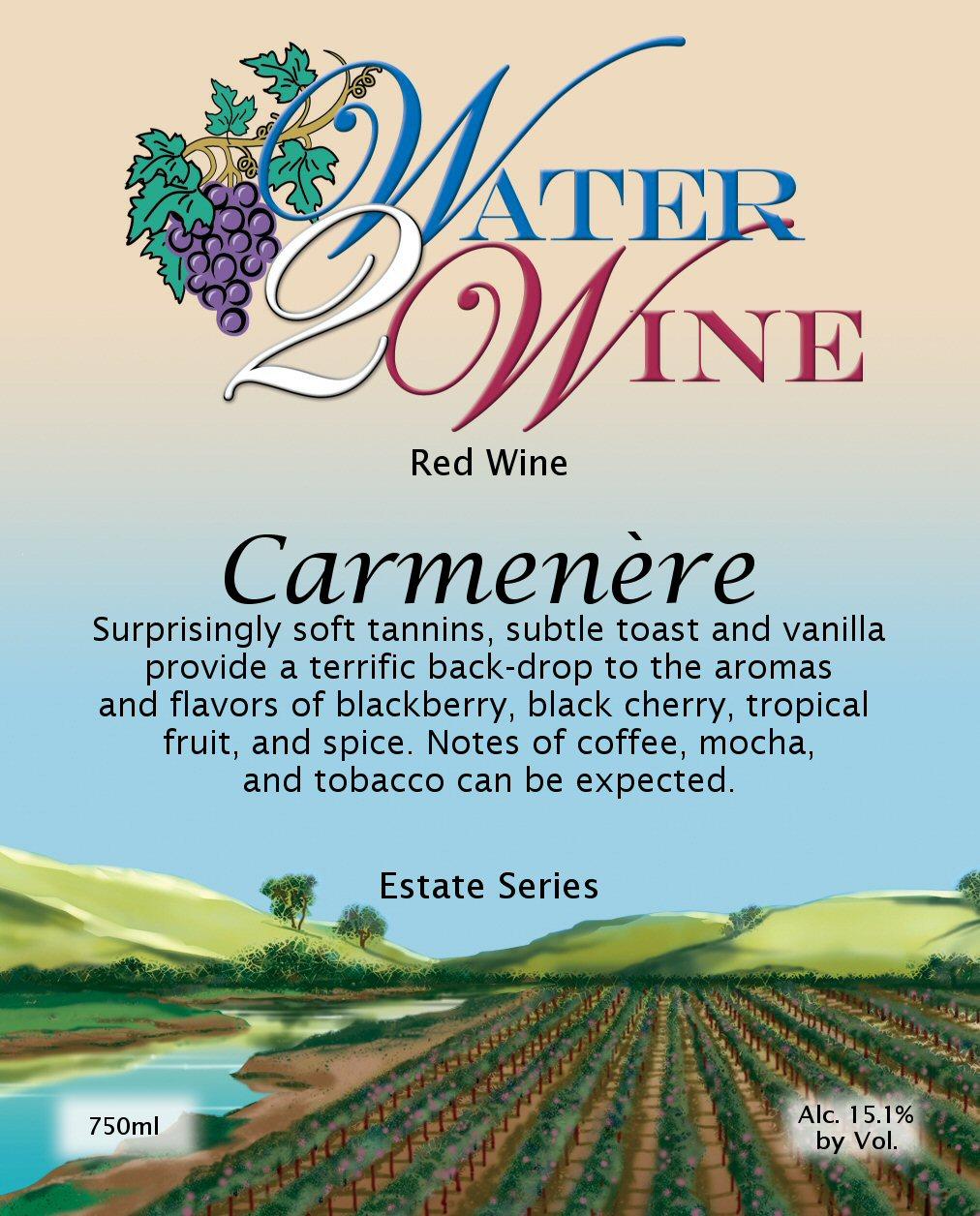Characteristics of Carménére
What sets Carménére apart is its balance of body and texture, typically landing between medium and full-bodied with a smooth, inviting mouthfeel. The grape’s naturally thick skins give rise to tannins that are softer and rounder than those of Cabernet Sauvignon, often described as velvety or fine, making the wine approachable even when young.
Carménére’s moderate to medium-high acidity brings a lively freshness, ensuring the wine stays vibrant and food-friendly, while its deep, saturated color—from ruby to inky violet—makes a striking first impression in the glass. Alcohol levels are generally on the higher side, often reaching 13% to 15%, which adds warmth and richness without overwhelming the palate.
Altogether, these traits create a red wine that bridges the gap between the plushness of Merlot and the structure of Cabernet Sauvignon, offering a versatile and distinctive experience in every bottle.
What Does Carménére Taste Like?
Carménére’s flavor profile is profoundly shaped by both region and climate, resulting in a complex interplay of sensory characteristics. Regional expressions highlight the grape’s hallmark blend of red and dark fruits—raspberry, cherry, plum, and blackberry—while also revealing earthy, mineral, floral, and savory undertones such as graphite, wet stone, violet, tobacco, and leather.
The grape’s distinctive green bell pepper and herbal pyrazine notes are especially pronounced in cooler climates or with early harvests, whereas warmer sites or riper fruit bring out richer spice, dark chocolate, and, when overripe, both jammy fruit and cooked vegetal flavors.
Oak aging can further layer Carménére with hints of vanilla, cedar, smoke, and baking spices, and with bottle age, the wine develops additional savory and earthy complexity.
Notable Region Carménére Grows In
The style of Carménére changes depending on where it’s grown, with each region lending its own unique touch to the wine’s flavors and structure.
-
Chile – Central Valley: Recognized as the global benchmark for Carménére, Chile produces medium to full-bodied wines with soft tannins, vibrant red and black fruit, and signature herbal and spicy notes, shaped by diverse climates and soils. While Chile leads in quality and identity, China may have more total vineyards planted.
-
Colchagua Valley (Chile): The largest and most important Carménére region, Colchagua—especially Apalta—offers rich raspberry sauce aromas, structured tannins, and less pronounced herbaceous notes.
-
Maipo Valley (Chile): Produces lighter, more floral Carménére with cherry and hibiscus notes, and a mineral character often described as granite-like or reminiscent of petrichor, particularly from Alto Maipo.
-
Cachapoal Valley (Chile): Noted for elegant, mineral-driven Carménére with good acidity; the Peumo sub-region stands out for fuller-bodied, age-worthy wines with plush texture and green peppercorn spice.
-
Italy – Veneto and Friuli: Carménére is often blended or mistaken for Cabernet Franc, but top producers like Inama in Colli Berici craft refined, complex wines with fresh acidity and subtle earthiness, especially from limestone soils.
Food Pairings
Carménére’s signature blend of savory spice, balanced acidity, and supple tannins makes it an exceptionally versatile partner for a wide range of dishes.
-
Grilled and Roasted Meats: The wine’s herbal notes and medium body are a natural fit for lamb with rosemary, pork tenderloin, or herb-rubbed flank steak—especially when cooked over open flame or paired with chimichurri or mole, which echo Carménére’s own earthy and spicy character.
-
Vegetarian and Global Fare: Roasted vegetables like bell peppers, eggplant, and mushrooms, as well as hearty bean stews or ratatouille, bring out the wine’s smoky undertones, while dishes with Latin or Mediterranean influences—think empanadas, bean chili, or pesto pasta—highlight its fruit and freshness.
-
Cheese and Charcuterie Boards: Hard and semi-hard cheeses such as Manchego, Gruyère, and Gouda, along with savory cured meats and terrines, are elevated by Carménére’s savory edge and gentle tannins, creating a balanced and satisfying pairing experience.


